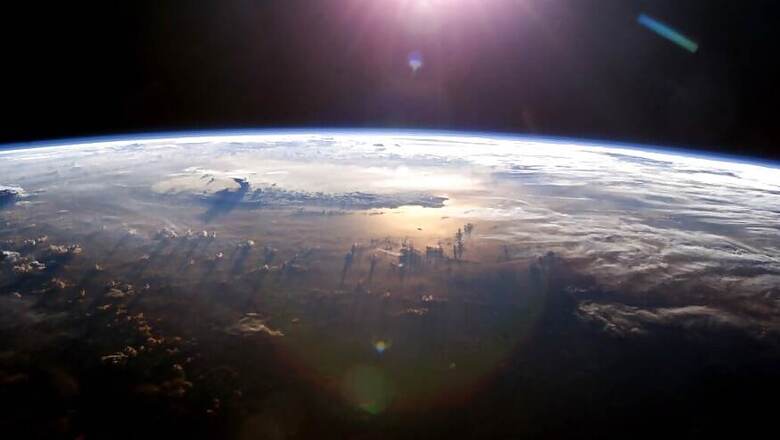
views
The mission to find the next habitable Earth-like planet seems to have gained momentum off late. Just recently, we got to know about the Proxima b which sits in the habitable zone of Proxima Centauri and orbits it ever 11 days. Before that, we had the one-in-a-million Super Earth planet that has a mass somewhere between that of Earth and Neptune and would orbit at a location between Venus and Earth from the parent star. Now, astronomers have found that the Planet KOI-456.04 is similar in size and orbit to the Earth we live on. It sits in the system of the Kepler 160, a sun-like star, which is believed to have three planets in its system.
The research published in the Astronomy and Astrophysics suggests that there is still some doubt about the exact composition of the possible new earth. However, the data seems to suggest that this planet, the Planet KOI-456.04 is orbiting the Kepler-160 at about the same distance the earth is from the sun. One complete orbit takes 378 days. It is also believed to get 93% as much light as Earth gets from the sun. The Planet KOI-456.04 sits about 3,000 light years away from Earth.
Have you also read?
Is THIS The New Earth That We Have Been Searching For All Along? Is Proxima b Our Big Hope?
New Super Earth Discovered: Bestowed With One-in-a-Million Honour, But it is Not For Lazy Folks
Researchers found this planet while combing through the data collected by the Kepler Space Telescope. A lot of hope for further clarity lies on the shoulders of NASA’s upcoming James Webb Space Telescope as well as the ESA’s PLATO space telescope, due to launch in 2026. “We conclude that Kepler-160 has at least three planets, one of which is the non-transiting planet Kepler-160 d. We also find the super-Earth-sized transiting planet candidate KOI-456.04 in the habitable zone of this system, which could be the fourth planet,” says the research.
One of the advantages of the Kepler 160’s composition is that it is a sun-like star, much like our sun. That reduces the chances of infrared radiation that red dwarf stars tend to throw, which potentially makes it more habitable.




















Comments
0 comment